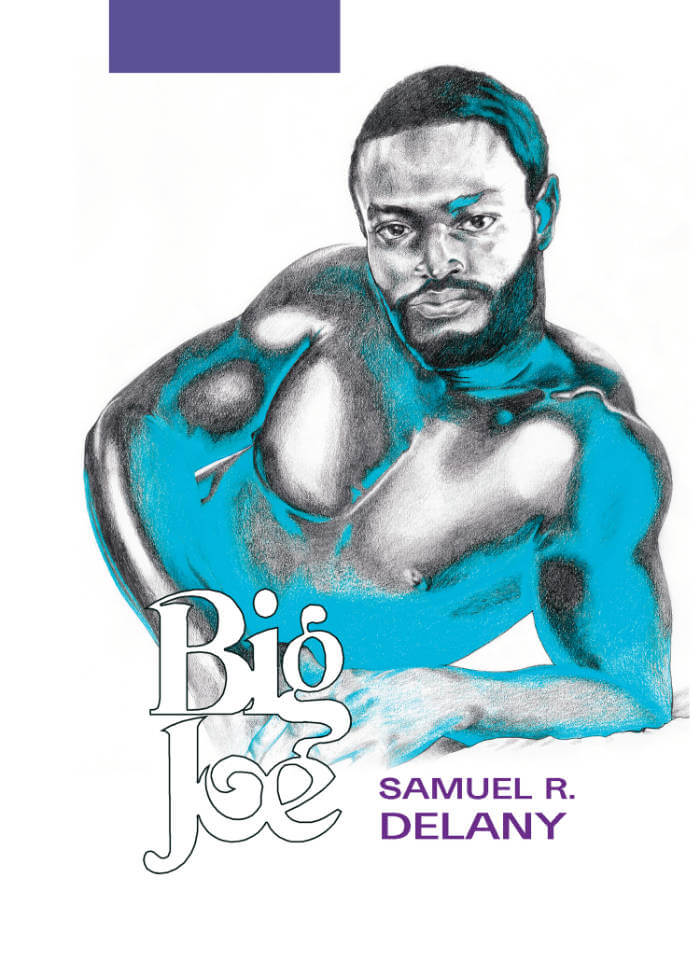
Computer Pictures
COMPUTER PICTURES is a collection of digital illustrations and 3D renders from the eponymous trade magazine, a journal for “Creators and Designers of Digital Graphics, Multimedia and Prepress Production” which ran from 1984 until 1995. A publication of relative obscurity, scant few issues are available online and even their physical archival presence is limited. Yet within the pages of this inauspicious magazine lies an incredible cache of beguiling artwork that peeks and probes at the limits and potential of emerging forms. The true brilliance of Computer Pictures was its complete disregard for pedigree and pretension in an egalitarian embrace of the computer-based picture. Bleeding-edge experiments from Stanford and SGI ran alongside the output of rank amateurs. Professors, professionals, and hobbyists coinhabited the pages together in a non-hierarchal free-for-all exploration. These works, a swirling array of photomontages, 3D renders, and digital illustrations, conjure an occluded future frothing at the margins, a brief moment when the horizon seemed opened, the heavens were leveled, and new icons were waiting to be forged.
Edited by Octavio Minestrone
70 pages ┊ Language: English







